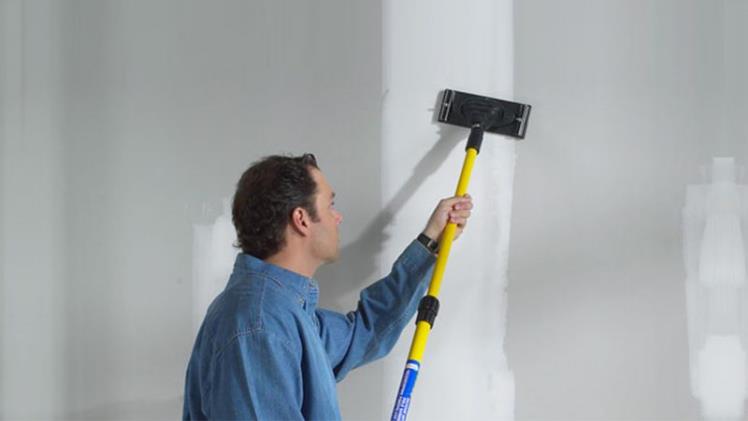Congratulations on your recent investment in a beautiful new home. As you embark on this exciting journey, protecting your investment is crucial and ensuring that your new haven remains safe and secure for years. One essential aspect of safeguarding your home is proper waterproofing. Yes, you heard it right! Waterproofing is not only for seasoned homeowners but also for fresh faces like you who want to preserve the integrity of their property from the very beginning.
Imagine a home where leaks, moisture, and water damage are distant worries. You can create a solid defense against potential water intrusion and its detrimental effects by taking the necessary steps to waterproof your new home. From preventing costly repairs to maintaining a healthy living environment, investing in waterproofing services early on will undoubtedly pay off in the long run.
Essential steps of waterproofing for new homeowners
Here are the essential steps of waterproofing for new homeowners:
Assess Vulnerable Areas
The first step in waterproofing your new home is to assess the vulnerable areas where water intrusion is most likely. Common areas include basements, foundations, roofs, windows, and outdoor spaces like decks and patios. Carefully inspect these areas for any signs of existing leaks, cracks, or moisture buildup.
Fix Existing Issues
Address any existing issues you find during the assessment phase. Repair leaks, seal cracks, and fix any structural or plumbing problems contributing to water intrusion. Addressing these issues before proceeding with preventive measures is crucial to ensure a solid foundation for your waterproofing efforts.
Install Proper Drainage
Proper drainage is key to preventing water buildup around your home. Ensure the property has functional gutters and downspouts, directing rainwater away from the foundation. Consider installing a French drain system or a sump pump in the basement or crawl space to manage groundwater and prevent flooding effectively.
Exterior Waterproofing
Protecting the exterior of your home is essential. Apply a waterproof membrane or coating on the exterior, foundation, and basement walls to create a barrier against water penetration. Additionally, ensure that all exterior openings, such as windows and doors, are properly sealed with weatherstripping or caulking to prevent water seepage.
Interior Waterproofing
Interior waterproofing measures are equally spicecinemas important. Apply a waterproof sealant or paint to the interior walls and basement floors to create additional protection against moisture. Install a vapor barrier to prevent moisture from entering through the walls. Consider using waterproofing materials, such as moisture-resistant drywall and flooring options, during renovations.
Proper Insulation
Proper insulation plays a significant role in preventing condensation and moisture buildup within your home. Insulate the walls, attic, and crawl spaces to maintain a consistent temperature and reduce the risk of mold and mildew growth. Adequate insulation also helps minimize the potential for thermal bridging, which can lead to condensation issues.
Maintain Landscaping
Your home’s landscaping can impact its waterproofing. Ensure that the ground around your home slopes away from the foundation, allowing water to drain away naturally. Trim trees and shrubs near the house to prevent excess shade and potential water accumulation. Consider using landscaping materials that promote water absorption, such as gravel or permeable pavers, to prevent pooling.
By following these essential waterproofing steps, you’ll take proactive measures to protect your new home from potential water intrusion, leaks, and associated damage. Remember, waterproofing is an investment in your property’s long-term health and value, ensuring a safe and secure living environment for you and your family.

